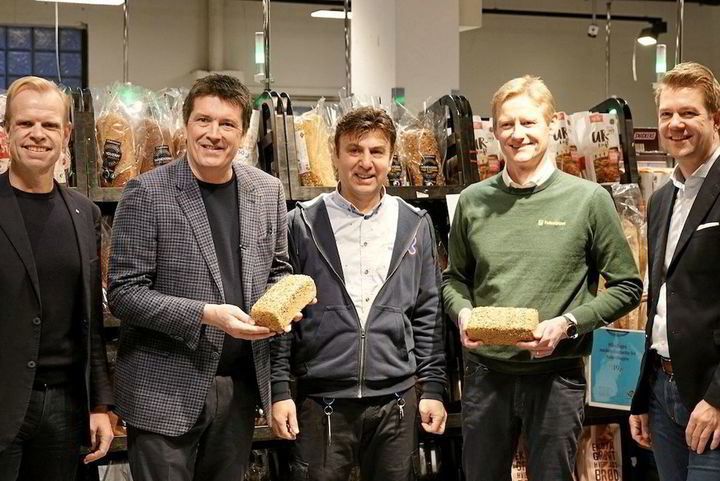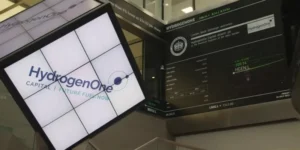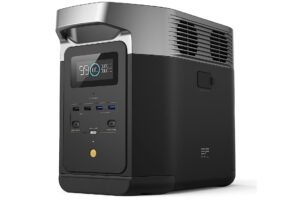Greener food | Supermarket aims to sell bread made from grain grown with green hydrogen-based fertiliser in 2025

Norwegian fertiliser company Yara has signed a letter of intent with retailer Reitan Retail, milling group Norgesmøllene, and farmers’ cooperative Felleskjøpet Agri to produce green hydrogen-based fertilisers to grow oats for bread.
This bread could be on the shelves of Reitan-owned REMA 1000 grocery stores as early as 2025, the earliest possible growing season for oats that the green fertilisers could be used.
Yara estimates that using green fertilisers would reduce the lifecycle emissions of oats by 25-30%.
“Finally, we can bring together the majority of the food value chain to reduce the carbon footprint of food, from farm to fork” said the fertiliser company’s CEO Svein Tore Holsether.
“The food system accounts for a third of global emissions, and it is not possible to reach the goals of the Paris Agreement without decarbonising food production. With a growing population, we need to produce more food in a sustainable way. This collaboration marks an important step in the right direction.”
Yara cites figures from an Ipsos survey it had commissioned in Norway, which found that more than half of respondents wanted clear labelling of lifecycle emissions and that 65% believe food producers should work to reduce their emissions, while 73% were in favour of incentives for farmers to switch to more sustainable practices.
Article continues below the advert
Industry representatives in Europe have suggested that the food sector’s long supply chain could absorb higher costs of green hydrogen-based fertilisers, with even a doubling or tripling of current fertiliser costs expected to only increase the price of bread by 3-4%.
“Our retail partner, Rema 1000, is committed to keeping prices down as much as possible. The ambition of this project is to produce bread that is tasty, healthy and cheap,” a spokesperson for Yara told Hydrogen Insight, although they added that it would be too early to comment on whether there would be a premium on the end-product compared to other oat-based breads.
Yara is also trialling the use of its green fertilisers in Germany, with the hydrogen feedstock sourced from its 24MW electrolyser in Porsgrunn, Norway.
This pilot, powered by hydroelectricity, is able to produce ten tonnes a day of H2, from which Yara has previously stated it could make 20,500 tonnes of green ammonia per year and further processed into 60,000-80,000 tonnes of fertiliser.
However, the company’s short-term strategy to reduce emissions hinges far more on blue ammonia shipped from the US, rather than renewable hydrogen produced in Europe, given much cheaper gas costs and the 45Q tax credit offsetting extra investment into carbon capture and storage technology.
“Imports from the US are today the most economic route to close the remaining gap and can be supplemented with select conversions to blue or green ammonia in Europe if government support and economics improve,” Holsether told analysts at last year’s capital markets day.






